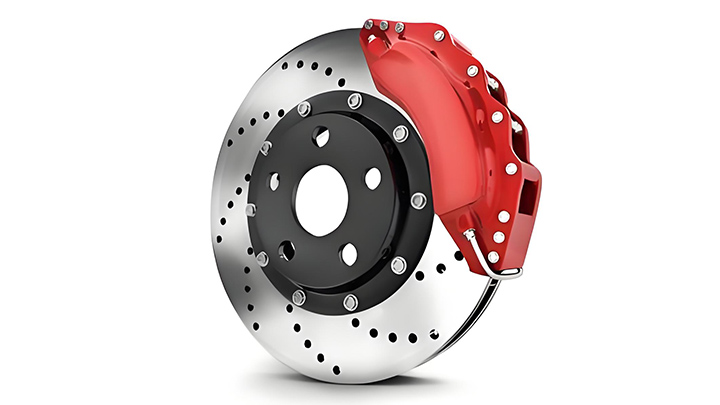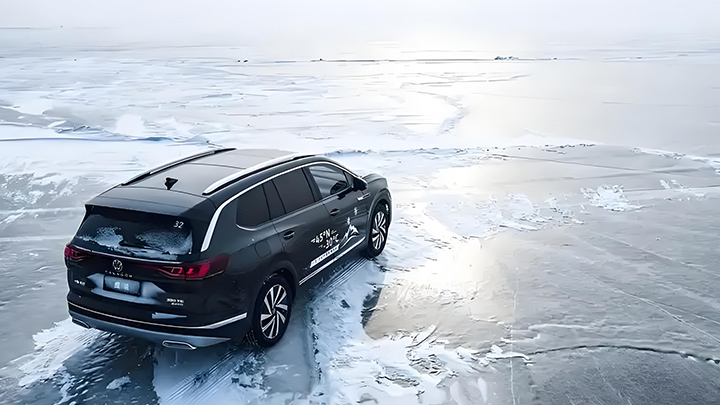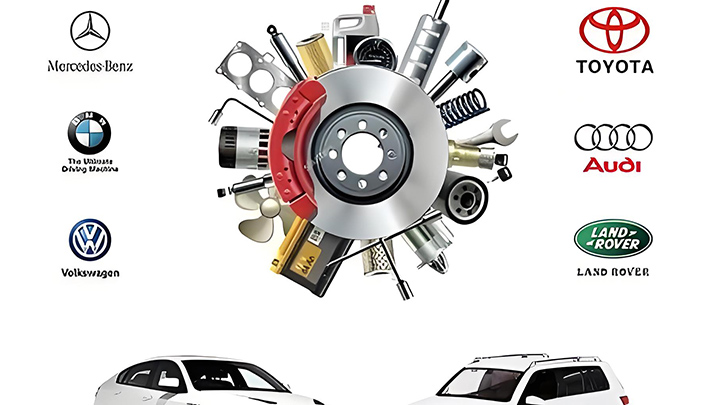Do Brake Disc Shape and Size Affect Performance?
Friday, August 22, 2025
Brake discs (also called rotors) play a vital role in a vehicle’s braking system. While materials are important, the shape and size of brake discs also have a direct impact on braking performance, durability, and driving comfort. Let’s explore how these factors influence the braking system.
1. Size of Brake Discs
Larger Brake Discs
- Advantages: Greater heat dissipation → reduces brake fade during heavy braking. More braking surface → stronger stopping power. Better suited for high-speed or heavy vehicles.
- Disadvantages: Heavier → can increase vehicle weight and reduce fuel efficiency. Higher cost compared to smaller discs.
Smaller Brake Discs
- Advantages: Lightweight, more efficient for fuel economy. Lower manufacturing and replacement cost.
- Disadvantages: Less effective in dissipating heat. Limited braking power, not suitable for performance or heavy-duty vehicles.
Conclusion: Larger brake discs generally mean better performance, especially for sports cars and SUVs, while smaller ones are acceptable for compact or economy vehicles.
2. Shape of Brake Discs
Solid Brake Discs
- Overview: Flat, plain surface without slots or holes.
- Pros: Affordable, durable, suitable for light vehicles.
- Cons: Weaker heat dissipation, prone to brake fade under stress.
Vented Brake Discs
- Overview: Two layers with ventilation channels inside.
- Pros: Excellent heat dissipation, longer lifespan, common in modern cars.
- Cons: Slightly more expensive and heavier.
Slotted Brake Discs
- Overview: Surface has carved slots.
- Pros: Removes dust, gas, and water quickly, improves bite.
- Cons: Faster pad wear, can be noisier.
- Best For: Performance or off-road vehicles.
Drilled Brake Discs
- Overview: Holes drilled into the disc surface.
- Pros: Enhanced cooling, lighter weight, stylish appearance.
- Cons: More prone to cracking under extreme stress.
- Best For: Sports cars and moderate performance driving.
Slotted & Drilled Combination
- Overview: Combines both slots and holes.
- Pros: Maximum cooling and debris removal.
- Cons: Higher cost, quicker pad wear.
- Best For: Racing and high-performance vehicles.
Final Thoughts
- Size matters: Larger discs offer more stopping power and heat control, ideal for performance and heavy vehicles, while smaller ones suit economy cars.
- Shape matters: Solid discs are budget-friendly, while vented, slotted, or drilled designs improve cooling and braking response.




